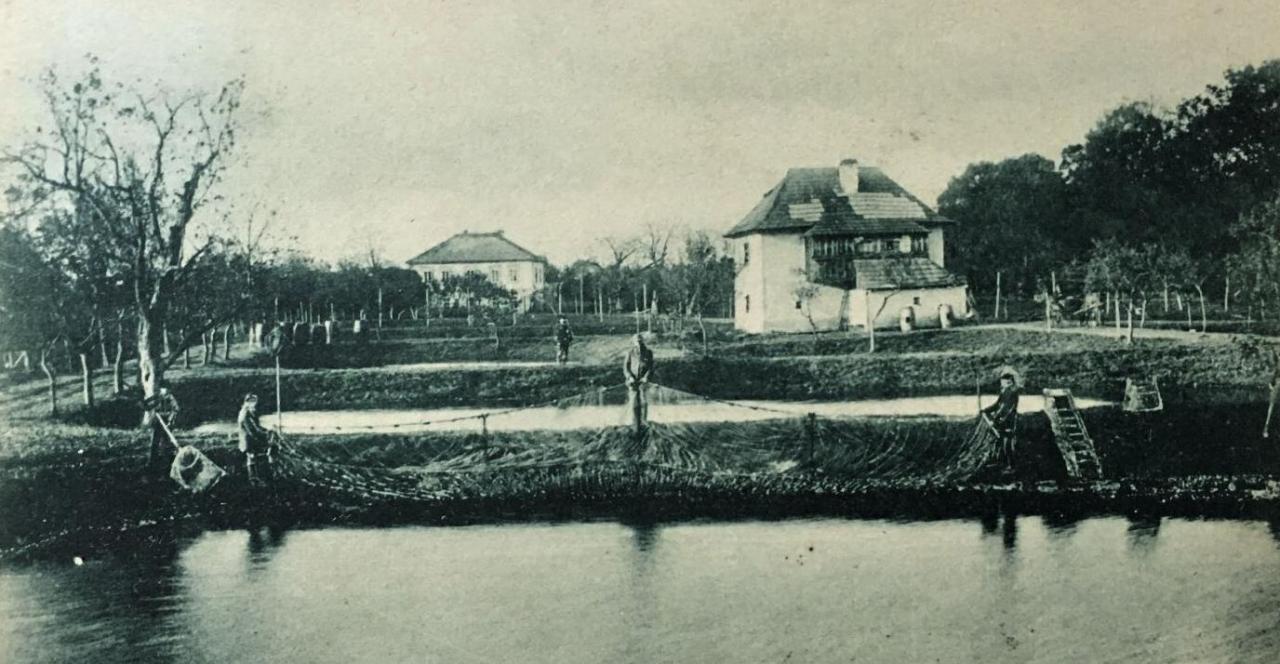Fish farming has a very long and glorious history in Pardubice. For many, pond-building is a symbol of South Bohemia, but around Lázně Bohdaneč and Pardubice, the craft began to be cultivated as early as the turn of the 11th and 12th centuries, when the Opatovice monastery was founded in what is today Opatovice nad Labem. The biggest boom of fish farming came in the 16th century under the administration of the Lords of Pernštejn, who farmed several dozen ponds with an area of more than 6 hectares. They had more ponds and more income from them than the rival Rožmberk family, which made South Bohemia so famous for its fish farming. After all, the Rožmberks themselves were still learning this craft from the Pernštejns. The three-stage carp breeding system still in use today also dates from this period. The Pardubice ponds and the Pernštejn family are also associated with the first research on fish farming and hydrobiology in our territory. Jan Dubravius, or Jan Skála of Doubravka and Hradiště, a Czech scholar, bishop, historian and diplomat, who published his famous work On Ponds in 1547, which was used by fish farmers throughout Europe, researched and helped to develop the Pernštejn ponds with his knowledge. Unfortunately, the Thirty Years` War brought this famous tradition to an end rather quickly. The county lost many inhabitants, the ponds disappeared and people began to farm on their dried-up bottoms. An attempt at a revival came in the mid-19th century with the Austrian Baron Richard Draschen of Wartinberg, who restored many of the ponds. After the First World War the ponds were expropriated. The establishment of the research Fishery and Hydrobiology Station at Sádky near Lázně Bohdaneč was an interesting stage in further development of hydrobiology and research in fish farming in the Czech Republic. It was founded in 1941 and was used for research on freshwater fish. In the buildings of the State Farm Pardubice, where the station was located, a number of important Czech experts in zoology and botany of freshwater plants worked. For example, the prominent botanists Silvestr Prát and Emanuel Hadač, the parasitologist Otto Jírovec or the zoologist Rudolf Šrámek-Hušek all worked there at some point. But besides science, the station has also made history in other ways. In 1942, the resistance radio station Libuše was stored here and the parachutist Jiří Potůček worked here. Later, the pond farm manager Adolf Hraba was executed by the Nazis for harbouring him.
Skutil, I.: Jan Dubravius: biskup, státník, ekonom a literát. Kroměříž, 1992, 64 s.
Andreska, J.: Rybářství a jeho tradice. Praha, 1987, 205 s.
Vyskočil, A.: Prvorepublikové hydrobiologické stanice aneb Počátky vědeckého výzkumu ryb na Moravě. Vodohospodářské technicko-ekonomické informace, 61/2019, č. 5, s. 6–11.






